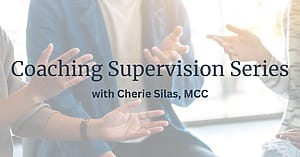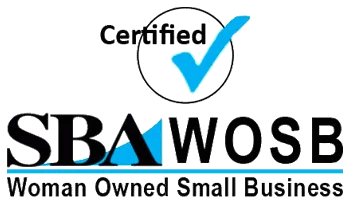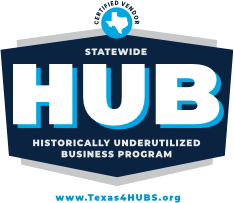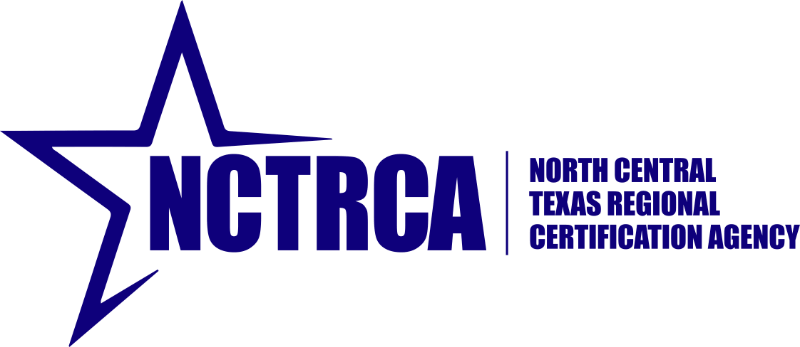Peer coaching supervision is a structured reflective practice where coaches mutually support each other in enhancing their coaching competencies. Unlike formal supervision by qualified supervisors, peer supervision leverages the collective wisdom of fellow coaches to deepen reflective practice and professional growth, especially beneficial for coaches in resource-constrained environments or those seeking supplementary reflection.
TL;DR: Effective peer coaching supervision requires clear structure, defined roles, and open, honest dialogue. This guide outlines practical steps for ensuring meaningful and productive peer supervision.
Key Benefits of Peer Supervision
- Mutual Learning: Coaches benefit from diverse perspectives and shared experiences, promoting deeper self-awareness and skill development.
- Cost-Effectiveness: Ideal for coaches unable to regularly access formal supervision due to financial constraints or remote location.
- Easy Accessibility: Flexible scheduling accommodates busy professional lives and geographic dispersion.
Potential Pitfalls to Avoid
Without structure, peer supervision sessions risk becoming informal chats that lack reflective depth. Common pitfalls include:
- Superficial Conversations: Without clear agendas, sessions can devolve into casual catch-ups.
- Avoidance of Critical Feedback: Coaches may hesitate to offer challenging feedback, limiting growth.
- Blurred Boundaries: Lack of clarity in roles can result in confusion or ineffective sessions.
Step-by-Step Guide for Effective Peer Supervision
Step 1: Establish Clear Roles and Ground Rules
Define roles and expectations upfront:
- Clearly outline confidentiality agreements to ensure psychological safety.
- Rotate roles between supervisor and supervisee for balanced learning.
- Agree on regular meeting intervals (weekly, bi-weekly, monthly) to maintain consistency and accountability.
Step 2: Prepare Structured Supervision Sessions
Preparation enhances depth and effectiveness:
- Require supervisees to bring clearly defined coaching cases or reflective scenarios to discuss.
- Create a structured agenda focusing on specific reflection points, coaching competencies, or ethical challenges.
- Provide a pre-meeting worksheet outlining key discussion points for clarity and efficiency.
Step 3: Maintain Formality and Professionalism
Adopt a professional tone and structured dialogue:
- Begin and end sessions formally, clearly distinguishing supervision from casual conversation.
- Utilize structured, reflective questions such as: “What competencies did you leverage?” “What would you do differently?” “What ethical considerations arose?”
- Summarize and document key insights and actions at the conclusion of each session.
Step 4: Ensure Honest, Constructive Feedback
Promote growth-oriented discussions through candid feedback:
- Use the “feedback sandwich” method (positive-critical-positive) to maintain respect while addressing challenges.
- Set expectations that honesty is vital for mutual professional growth.
- Regularly remind participants of the importance of vulnerability in supervision for authentic growth.
Step 5: Recognize Limits of Peer Supervision
Understand when peer supervision reaches its limits:
- Identify signs when issues exceed peer expertise, such as recurring ethical dilemmas, personal emotional issues affecting coaching, or ongoing competency struggles.
- Establish clear indicators for when formal supervision with a qualified supervisor becomes necessary.
- Encourage openness to seeking external supervision as a complement rather than replacement.
Conclusion
Structured peer coaching supervision offers significant practical value, enriching coaches’ professional development through mutual support. By clearly defining roles, maintaining structured discussions, and providing honest feedback, peer supervision can effectively supplement formal supervision. However, recognizing its limits is crucial—formal professional supervision remains indispensable for certain complex or deeply personal challenges.
For further guidance, consider exploring deeper insights in articles such as What Is Coaching Supervision and Why Does It Matter?, and Getting the Most Out of Coaching Supervision Sessions.

Group Supervision Explained
Download our free Group Supervision brochure that answers all your questions about Group Supervision and how it can benefit YOU.
"*" indicates required fields
Explore Other Coaching Supervision Topics
About the Author
Cherie Silas, MCC
She has over 20 years of experience as a corporate leader and uses that background to partner with business executives and their leadership teams to identify and solve their most challenging people, process, and business problems in measurable ways.









